
How to Choose Outdoor Garage Lighting: A Complete Guide for Homeowners
Share
Table of Contents
- What are Garage Outside Lights Called?
- What Lights are Best for a Garage?
- Key Factors to Consider When Choosing Outdoor Garage Lights
- Installation Tips for Outdoor Garage Lighting
- Best Practices for Maintenance and Upkeep
- Frequently Asked Questions
1. What are Garage Outside Lights Called?

Smart LED Outdoor Wall Light RGBCCT Dimmable
When you step outside your home at night, what do you see illuminating your garage? The answer is typically outdoor garage lighting. These lights are essential for safety, visibility, and curb appeal. But, did you know there are different types of outdoor garage lights with distinct features? Let's break them down.
Types of Outdoor Garage Lights:
- Floodlights – These lights are designed to spread a wide beam of light, illuminating large areas. They are ideal for a driveway or backyard but are also commonly used for garage exteriors.
- Wall Lanterns – These are mounted on the exterior walls of the garage and provide soft, aesthetic lighting. They are often used to add a decorative element to the outside of a home.
- Motion Sensor Lights – Motion-activated lights that turn on when they detect movement. They are ideal for increasing security and saving energy.
- Security Lights – These are generally bright and cover large areas around the garage to deter intruders.
- Recessed Lighting – Installed into the ceiling or soffits of the garage, recessed lighting offers a clean, modern look.
- Smart Lights – These can be controlled remotely via an app on your smartphone and can also include motion sensors for added security.
Each type has its own advantages and is suited to different needs. Whether you want functional lighting or something more decorative, you'll find a solution in this list.
2. What Lights are Best for a Garage?
Choosing the right lighting for your garage isn’t always straightforward. Different types of lights work best depending on the situation. Here's an overview of the most common options:
| Lighting Type | Pros | Cons | Best For |
|---|---|---|---|
| LED Lights | Energy-efficient, long-lasting, bright | Initial cost can be higher | General illumination, task lighting |
| Floodlights | Great for large areas, bright coverage | Can be too harsh for some settings | Security lighting, driveway, large garages |
| Motion-Sensor Lights | Increased security, energy-saving | May be too sensitive or not sensitive enough | Driveways, dark corners of the garage |
| Wall Lanterns | Aesthetic, softer glow | Limited coverage area | Decorative lighting, small garages |
| Smart Lights | Remote control, customizable features | More expensive, complex installation | Modern homes, tech-savvy homeowners |
Best Lighting for Most Homeowners:
For most homeowners, LED lights are the best choice. They provide bright, energy-efficient lighting that works well for both security and general illumination. If you need additional security, consider motion-sensor floodlights. They turn on automatically when movement is detected, giving you peace of mind.
3. Key Factors to Consider When Choosing Outdoor Garage Lights
Choosing the right lighting goes beyond picking a pretty fixture. There are several key factors to consider that can make a significant difference in your garage's functionality and energy efficiency.
1) Size of the Garage:
- For a single-car garage, you likely don’t need heavy-duty lighting. A simple wall lantern or motion-sensor light can be enough.
- For a two-car or three-car garage, you’ll need brighter, more expansive lighting. Floodlights or LED fixtures can provide the coverage necessary for large spaces.
2) Lumen Requirements: Lumens measure how bright a light is. For a garage, you want the lighting to be bright enough to illuminate the space, but not so bright that it’s uncomfortable.
- A small garage might need about 2,000 to 3,000 lumens.
- A larger garage could require 5,000 lumens or more, depending on the layout and tasks you perform.
| Garage Size | Lumen Recommendation |
|---|---|
| Small Garage | 2,000 - 3,000 lumens |
| Medium Garage | 3,000 - 4,000 lumens |
| Large Garage | 4,500 - 6,000 lumens |
3) Light Coverage and Placement: Think about where you need the light to shine. Floodlights work well for lighting up large areas, while wall-mounted lanterns are better for more focused illumination. Ensure the lights cover every corner of the garage, especially areas near doors, windows, and walkways.
4) Energy Efficiency: LED lights are the most energy-efficient choice. They last longer and consume less power compared to incandescent or fluorescent bulbs. While they may cost more initially, the long-term savings make them an excellent investment.
4. Installation Tips for Outdoor Garage Lighting
Installing outdoor garage lighting may seem like a daunting task, but with proper planning, it can be a straightforward process. Here’s a simple guide:
1. Determine Placement:
- Wall Lights: Install at eye level on either side of the garage doors to improve visibility. Ensure that they are not too close to windows where they might cause glare.
- Floodlights: Mount these on the corners of the garage to ensure the light spreads across the driveway or yard.
- Motion Sensors: Position motion-sensor lights at the entrance or on the side where you’ll need lighting when entering the garage.
2. Wiring and Electrical Considerations:
- Always turn off the power before starting any electrical work.
- If you are installing multiple lights or floodlights, you may need to upgrade the electrical circuit.
- Consider consulting an electrician if you're unsure about wiring.
3. Safety Tips:
- Install lights that are rated for outdoor use to withstand the elements.
- Ensure all wiring is protected from moisture and damage.
- Use weatherproof fixtures and gaskets to seal any openings in the light fixtures.
5. Best Practices for Maintenance and Upkeep
Maintaining your outdoor garage lights is key to ensuring their longevity and effectiveness. Here are a few simple steps to keep your lights in top condition:
1. Regular Cleaning:
- Dust, dirt, and debris can collect on your lights, reducing their effectiveness. Clean the lenses regularly using a soft cloth and a gentle cleaning solution.
- For floodlights or larger fixtures, check for any cobwebs or insect nests that may block the light.
2. Check for Electrical Issues:
- Periodically inspect the wiring for any visible damage or wear. If you notice any issues, replace the damaged cables or consult a professional electrician.
3. Light Bulb Replacement:
- LED lights have a long lifespan, but they do eventually need replacing. Check the manufacturer’s guidelines for the expected lifespan of your bulbs and replace them as needed.
4. Test Motion Sensors:
- Ensure that motion sensors are working properly. Adjust the sensitivity if needed to avoid false triggers or missed detection.
5. Weatherproofing:
- Over time, weatherproofing materials can wear out. Regularly check gaskets and seals around light fixtures to prevent moisture damage.
Conclusion
Choosing the right outdoor garage lighting is about more than just aesthetics—it’s about ensuring safety, security, and functionality. Whether you’re looking for bright floodlights to illuminate a large driveway or a decorative lantern to add a touch of charm, understanding the different options available and the key factors to consider will help you make the best decision for your home.
Remember to prioritize energy efficiency, lumen requirements, and light coverage when selecting the right lighting for your garage. With proper installation and maintenance, your outdoor garage lights will keep your space well-lit and secure for years to come.
Frequently Asked Questions
1. What lights are best for a garage?
For a garage, LED lights are the best option due to their energy efficiency, long lifespan, and bright illumination. If you need broader coverage, floodlights work well for large spaces like a three-car garage. For added security and energy savings, consider motion-sensor lights that turn on only when movement is detected.
2. How many lumens do I need for a 2/3 car garage?
For a 2-car garage, you'll need around 3,000 to 4,000 lumens, while a 3-car garage typically requires between 4,500 and 6,000 lumens for proper brightness. This ensures you have adequate lighting for tasks like parking, repairs, and general use. The higher the lumen count, the brighter the light, which is especially important for larger garages.
3. How to Install Outdoor Garage Lights?
Begin by choosing the right placement, such as above the garage door or at the corners for broader coverage. Ensure the wiring is up to code, using outdoor-rated fixtures and weatherproof connections. Finally, test the lights after installation to ensure they provide sufficient illumination and operate safely.
4. How big should a light be over a garage door?
The light above a garage door should typically be around 12-18 inches in height and 15-24 inches in width, depending on the size of the door. A light that is too large can overpower the facade, while one that is too small may fail to provide adequate illumination. Always aim for balance between functional lighting and aesthetic appeal.
5. How many lumens do I need for outdoor garage lighting?
For outdoor garage lighting, aim for 2,000 to 4,000 lumens for small to medium-sized garages, and up to 6,000 lumens for larger spaces. This range ensures sufficient lighting for security and visibility without being overwhelming. Adjust based on your specific garage size and how much light is needed in areas like the driveway or walkway.
6. Where should outdoor lights be placed in a garage?
Outdoor lights should be installed above the garage door for general illumination and along the corners of the garage for optimal coverage. If using motion-sensor lights, place them near the entryways or dark corners to ensure they detect movement as you approach. For larger garages, floodlights positioned on the sides or high up on the wall can help illuminate the entire area.
Related Articles:


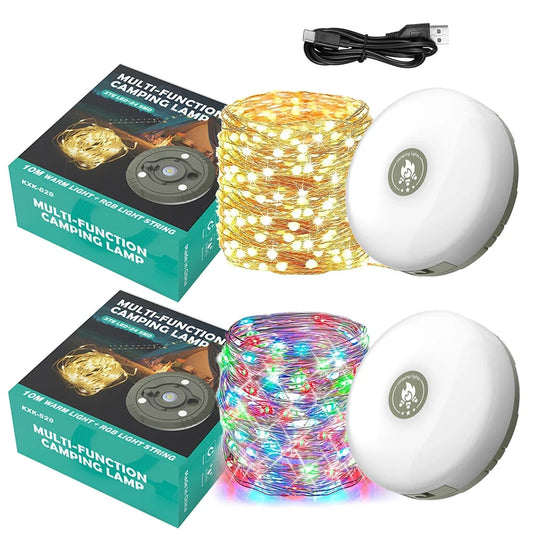

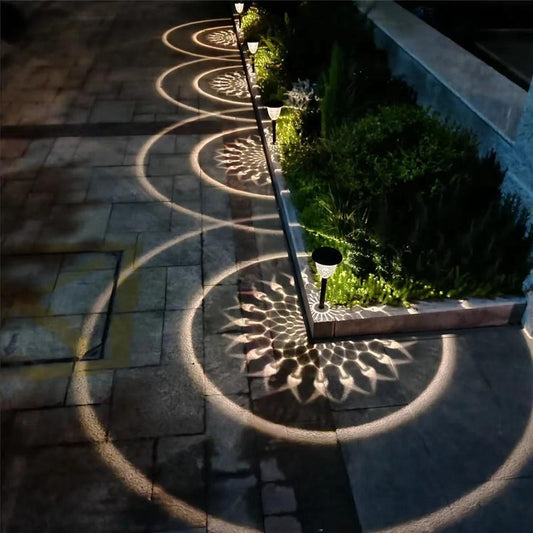

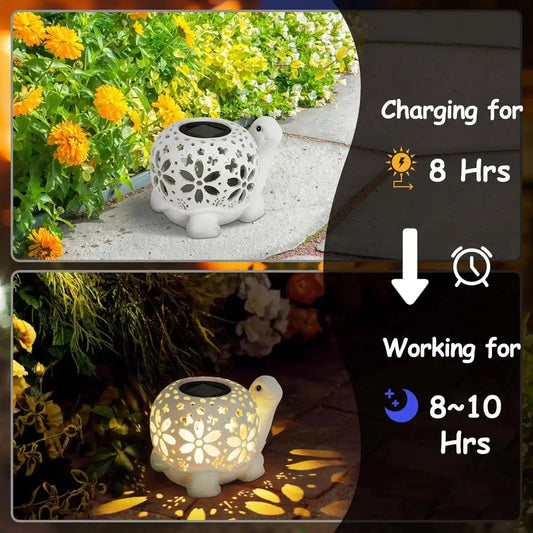



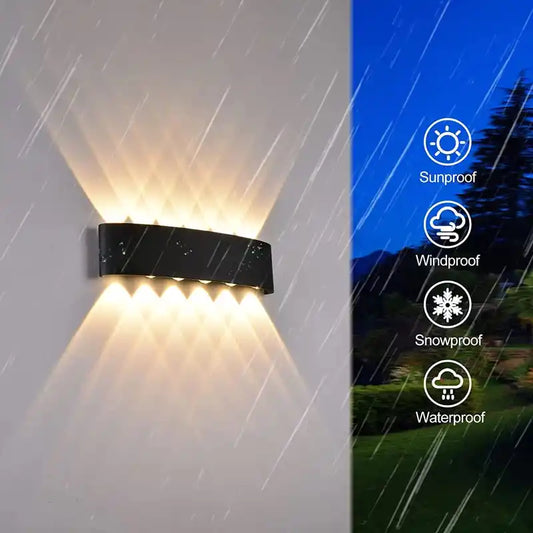

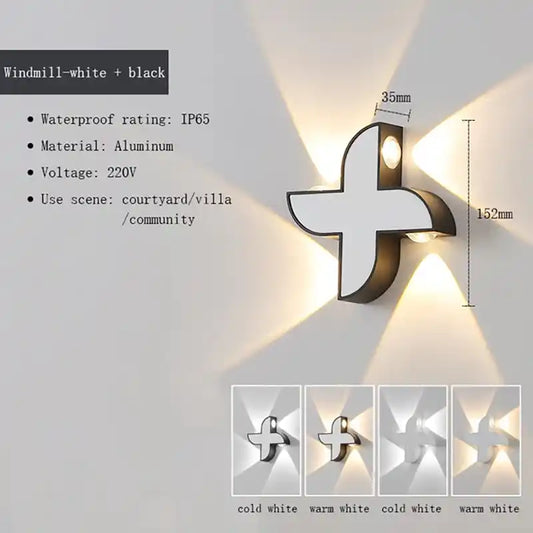

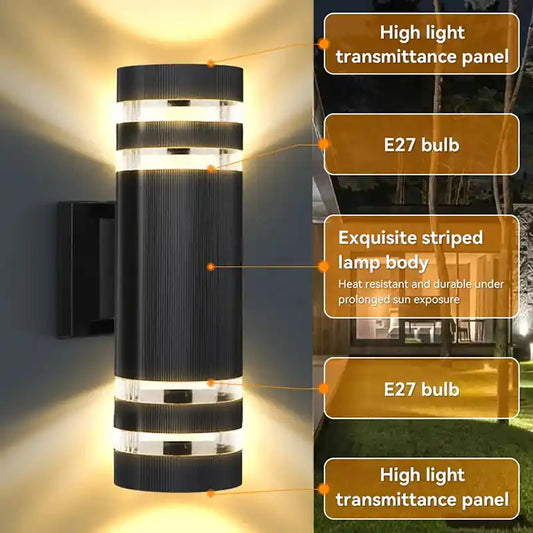

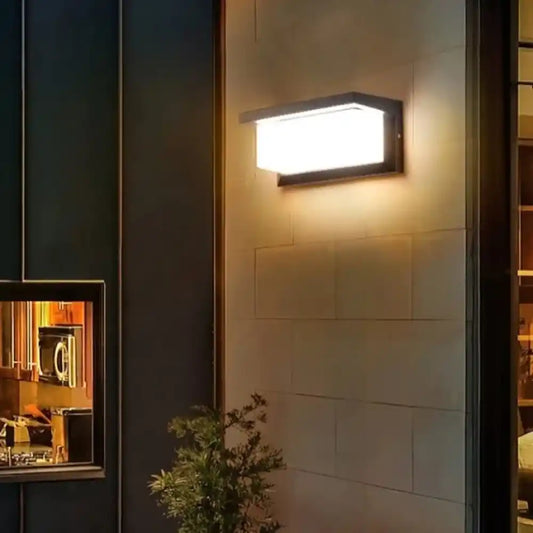



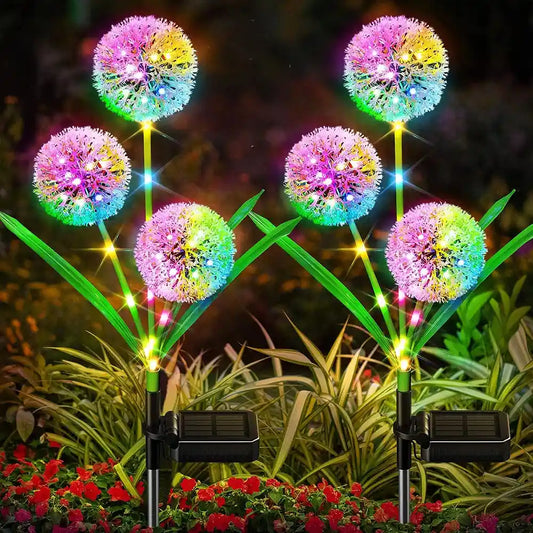



 />
/>
 />
/>
 />
/>
 />
/>
 />
/>
 />
/>